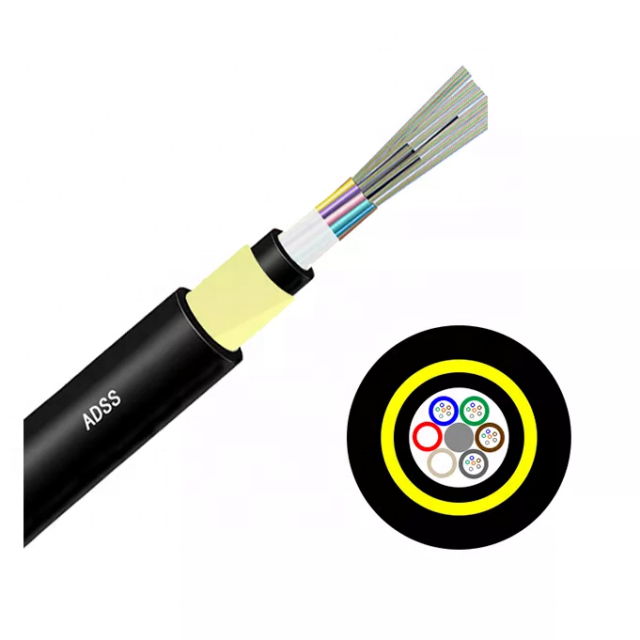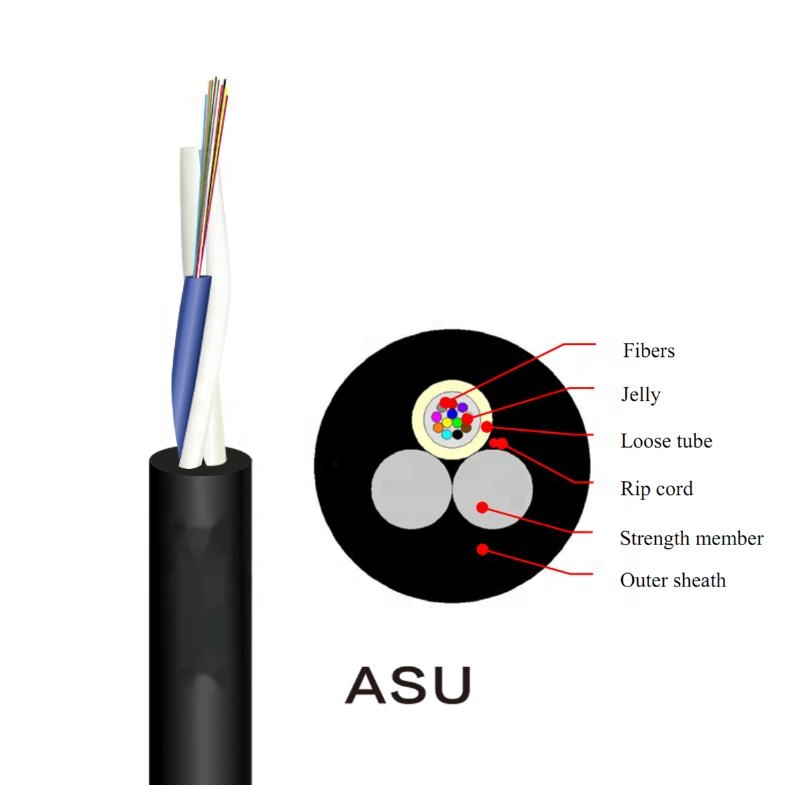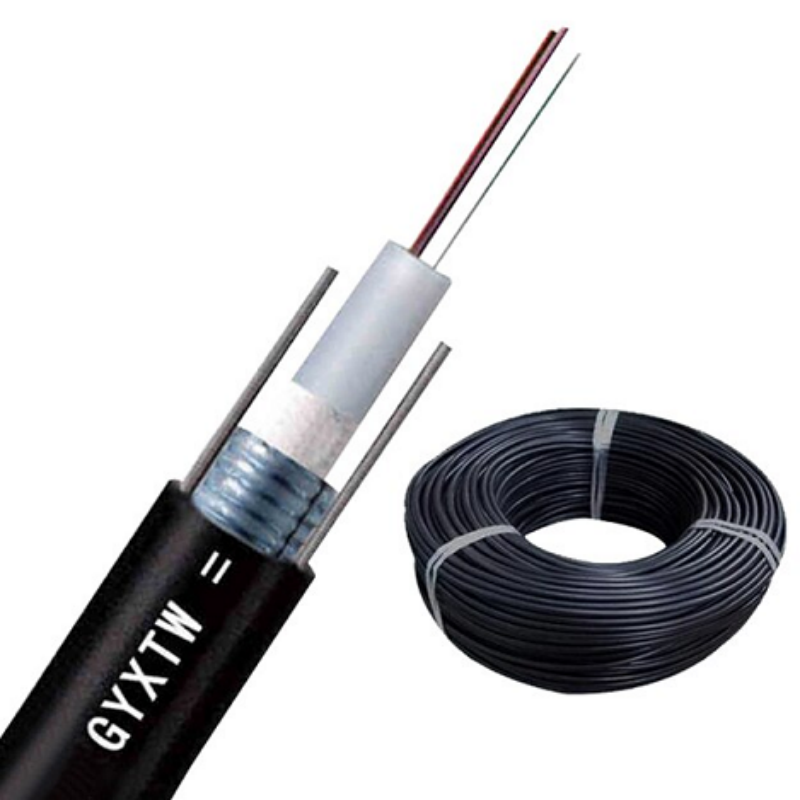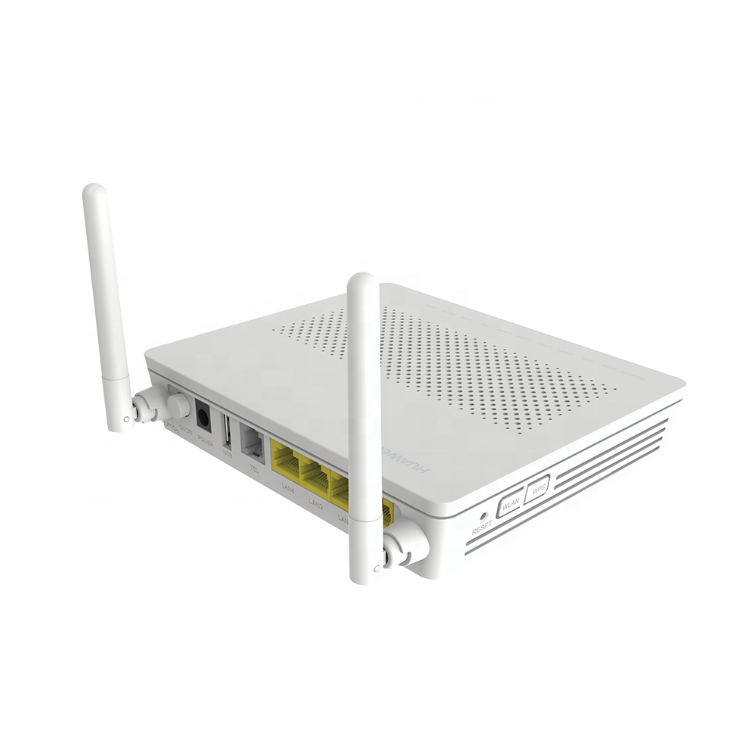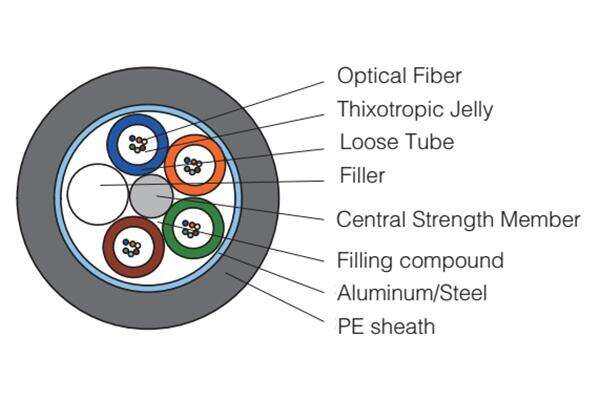cele mai bune tipuri de cablu optic
Cablele optice reprezintă vârful tehnologiei moderne de telecomunicații, oferind capacități de transmitere a datelor fără rival prin utilizarea inovatoare a semnalelor luminouse. Aceste cable sunt compuse dintr-un nucleu de sticlă sau plastic, înconjurat de stratificare și straturi protecțioase, permițând transmiterea informațiilor prin reflexia internă totală. Principalele tipuri includ Fiber Optic Unimodă (SMF), care are un nucleu îngust ideal pentru transmisii pe distanțe mari, și Fiber Optic Multimodă (MMF), care utilizează un nucleu mai larg potrivit pentru distanțe mai scurte și rețele locale. Variante avansate precum Fiber Dispersie-deplasată (DSF) și Fiber Neterminabilă la Îndoieli (BIF) abordează provocări operaționale specifice. Aceste cable funcționează pe diverse lungimi de undă, în mod obișnuit în intervalul de 850nm, 1300nm și 1550nm, susținând capacități de bandă largă de la câteva gigabiti până la mai multe terabiti pe secundă. Aplicațiile lor se întind pe infrastructura de telecomunicații, rețelele principale ale internetului, centrele de date și rețelele de întreprindere, cu noi aplicații care apar în sistemele automotrice și dispozitivele medicale. Cablele optice moderne incorporează caracteristici îmbunătățite, cum ar fi integritatea îmbunătățită a semnalului, atenuarea redusă și o durabilitate mai mare, făcându-le esențiale pentru transmiterea rapidă a datelor în lumea noastră din ce în ce mai interconectată.

